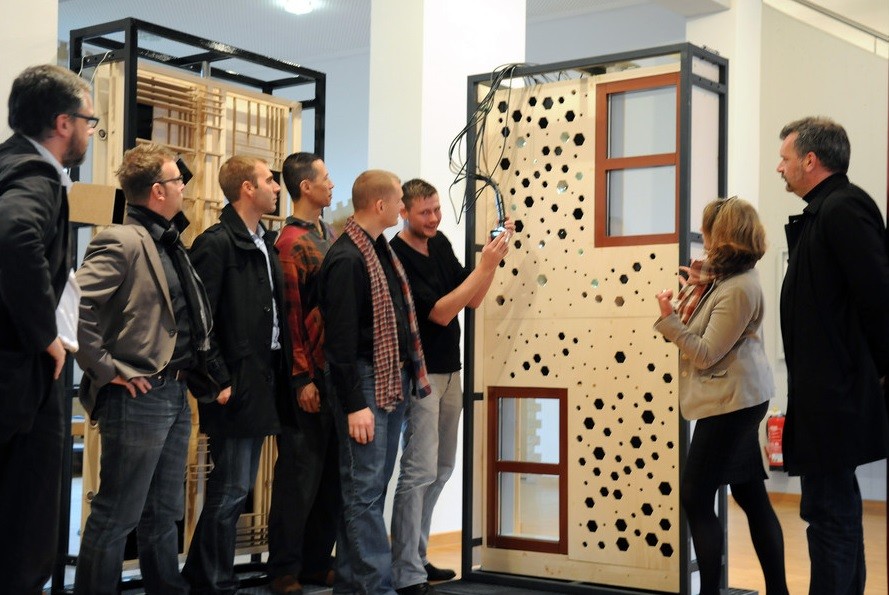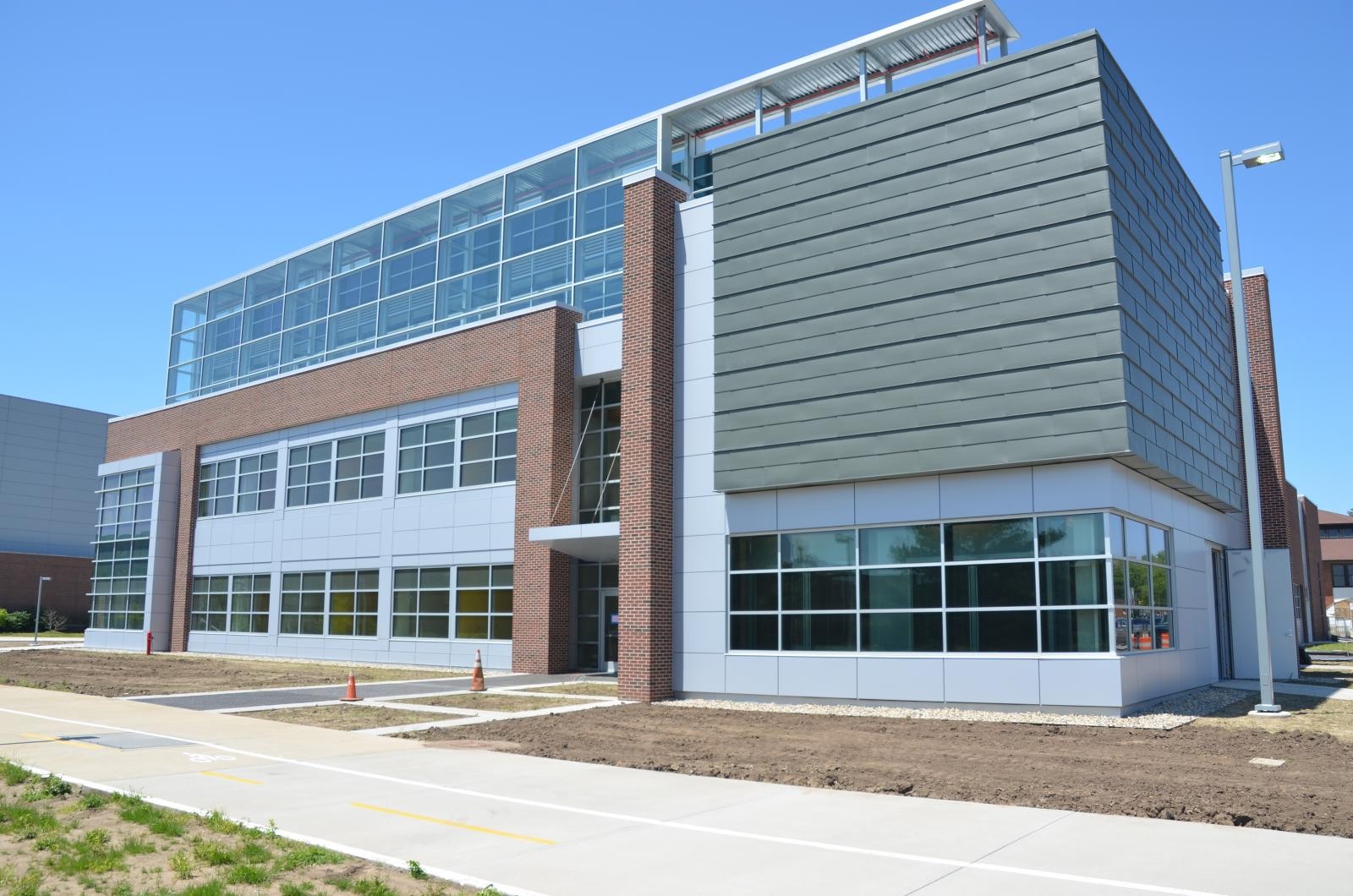
Interdisciplinary teams from the University of Sao Paulo, Delft University, and five other post-secondary institutions are currently exploring sustainable innovations in design, materials, and building systems thanks to the support of Pillars of Sustainable Education – a partnership between Architecture for Humanity and the Alcoa Foundation. The collaborative effort was founded as a way to “educate the next generation of architects, engineers, and material designers while supporting real-world design-build projects that positively impact both the environment and the local community.” Months into the project, the schools’ proposals are turning into reality as students collaborate with NGOs. To learn about what each school is working on, keep reading after the break.
University of Sao Paolo: The APIS Project
The APIS Project is a four-year effort in Eldorado, Brazil to find hydro-sanitary solutions for people temporarily housed in post-relief shelters. The project title, APIS, is the scientific name for bees – an allusion to the project’s collaborative nature. Since launching in 2010, the project has engaged everyone from government agents to local residents made homeless by flooding, a common occurrence in the area.
Over the past few years, the university has conducted research to use as the basis for building a working prototype. The design of the emergency bathroom will reflect the needs of the community – “materials will be readily and locally available, light-weight, affordable, durable, water/mold resistant and contribute to the economic resilience of the area.” The team is currently examining the viability of using local vegetable fibers, such as banana and palm leaves, to fabricate panels and room dividers, as seen in the renders.

When TU Delft and OWL partnered to explore sustainable envelope materials, they built a mobile lab to test, evaluate, and showcase their work at industry events throughout Europe, welcoming collaborative input from professionals along the way. Keeping the human at the center of their approach, the team designed and built a prototype using green building components. In addition to dealing with noise and light, the prototype harnesses sunlight to power artificial lighting.

Georgia Institute of Technology: Net-Zero Energy Housing Prototypes
The Georgia Institute of Technology's project goal is to "fully design, engineer, and student-build a four to ten unit Net-Zero Energy House Prototype that will become a laboratory for ultra low-energy efficiency testing, material study, and a demonstration model for market rate, status quo urban housing." Student designs for the housing prototype are currently being used to test the viability of potential construction sites in Atlanta.

Tsinghua University: Green Low-Carbon Technology in Affordable Housing
As China undergoes rapid urbanization, Tsinghua University is proposing the building industry meet the consequent growing demand for affordable housing with sustainable options. After exploring energy conserving, emission reducing materials and building systems, the team constructed a full-scale prototype to implement and test their green low-carbon strategies. As their efforts come to a close and lower-income families are invited to provide feedback on the prototype, they will produce an energy-saving report to push for higher green building standards in China.

Carnegie Mellon University: Affordable Sustainable Housing
The Carnegie Mellon University team is also searching for ways to bridge the divide between affordable, sustainable, and comfortable housing. Through a series of local design-builds, they are pursuing passive and net-zero strategies for both new construction and renovation projects. Once the project has run its two-year course, the team hopes their efforts will serve as a model for future building practices and redevelopment in the area.

Purdue University: Integration of Humans and Their Environment in Building Design and Operation
The Purdue University team is investigating how the built environment affects human psychology in order to better accommodate human comfort in working environments with sustainable building design. To test their ideas about facade technologies, lighting and thermal systems, and energy use controls, they are conducting full-scale experiments in "Living Labs." The team is currently studying the human comfort and performance of these spaces as they are occupied by two elementary classes and one high school class.

To stay up-to-date with the projects, click here.

